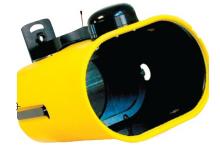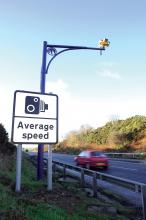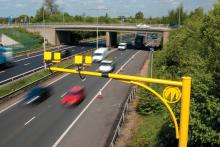A guaranteed way to get drivers to slow down and comply with work zone speed limits is to use average speed cameras. Deployed in the UK for over a decade now, they have had a huge impact, not least in achieving around 99 per cent compliance with speed limits. It's not difficult to understand: when someone knows that if they speed through a work zone it is absolutely guaranteed that they will be caught, fined and have points on their licence, only a total fool would. In the UK, SPECS average speed cameras we

UK Roads
A guaranteed way to get drivers to slow down and comply with work zone speed limits is to use average speed cameras.
Deployed in the UK for over a decade now, they have had a huge impact, not least in achieving around 99 per cent compliance with speed limits. It's not difficult to understand: when someone knows that if they speed through a work zone it is absolutely guaranteed that they will be caught, fined and have points on their licence, only a total fool would.In the UK, SPECS average speed cameras were developed in 1999 by SpeedCheck Services, which recently joined forces with
The system, very familiar to UK drivers, is poised for widespread use around the world. While the recently formed Vysionics is looking outside the UK, major industry players have now entered the market.
Australian-headquartered
Meanwhile, global enforcement camera player















